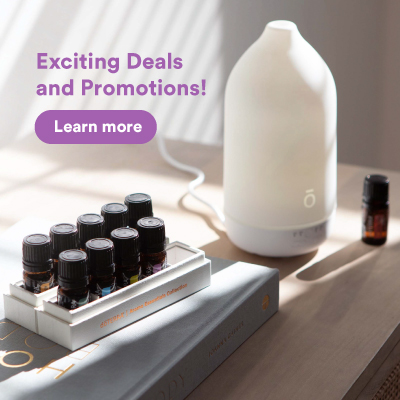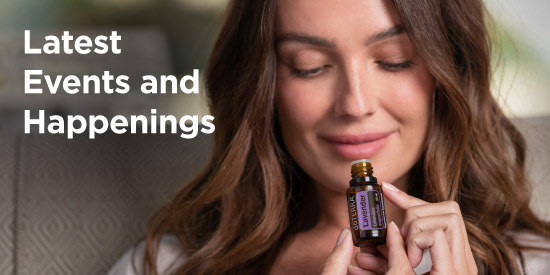Origin: a Latin derivative
meaning "Gift of the Earth."
Part 5: Packaging and Storage
Essential oils are sourced from all over the world. Once distilled, they are shipped in large drums from their country of origin to the packaging plant where the quality testing techniques (described above) and packaging are performed. Proper packaging is a critical part of maintaining the overall efficacy of the essential oils. First, the oil is funneled into glass bottles with securely closing caps. Usually, these glass bottles will be tinted amber or another dark shade to protect the essential oil from sunlight and other sources of UV radiation, but any glass container will work effectively if the oils are stored properly. Any plastic parts used with essential oils (orifices, lids, etc.) should be made from high quality plastics that are number 1 (PETE) or number 2. This helps prevent erosion of the plastic that can occur with essential oils.
Next the label is applied and the bottle is stamped with a lot number and an expiration date. Any essential oil marked for internal use must also be marked with an expiration date to fulfill regulatory requirements. However, the very nature and structure of essential oils makes them extremely stable. Shelf life testing performed on essential oils has shown that essential oils maintain their efficacy even after 5–10 years or more. Storing essential oils properly also plays a major role in ensuring that essential oils maintain their efficacy and beneficial properties over time. Below are some guidelines that should be implemented when storing essential oils:
- Store the essential oil in room-temperature conditions and avoid exposure to extreme temperatures (leaving oils in the car during the summer, on window sills, etc.).
- Avoid exposing the oils to direct sunlight or other sources of UV rays.
- Prevent prolonged exposure to oxygen which can cause oxidation of the oil over time (leaving the cap unscrewed, etc.).
- Tightly secure the caps after each use (prevents the oil from evaporating and decreases exposure to oxygen).





